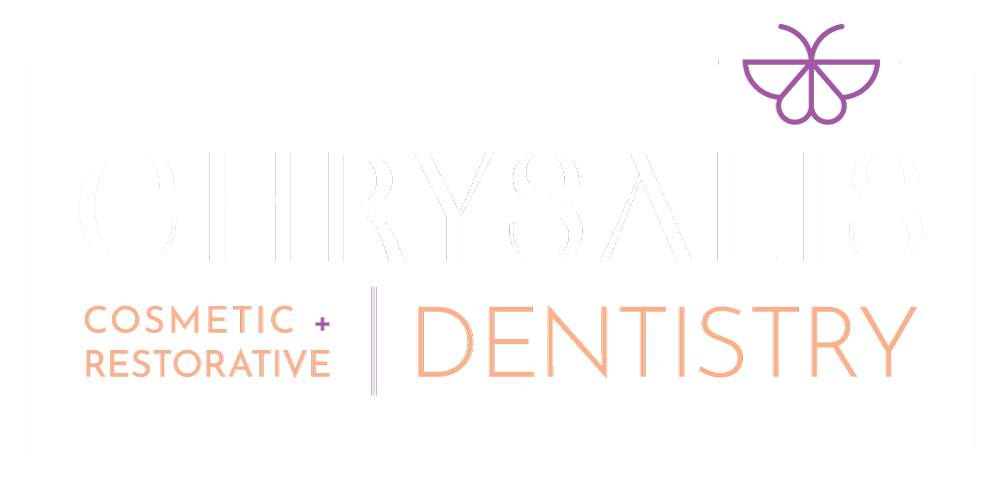Are dental implants safe? How We Place Implants at Chrysalis Cosmetic & Restorative Dentistry
Yes, dental implants are safe. They are made from medical grade titanium, the same type of titanium you would find in a joint replacement for a hip or knee. Titanium is highly biocompatible and has very low rejection rates from the body. It is used widely in the medical and dental world.
Dr. Norton herself has two dental implants. One she has had for almost 20 years. The other she has had for almost 6 years. Both are doing well and have great bone levels. She was awake for both surgeries and can speak from personal experience when it comes to the pros and cons of implants and what to expect throughout the entire procedure as a patient. With experience as the patient and the dentist, Dr. Norton only treats her patients exactly how she would want to be treated herself.
Who should not have dental implants?
Case selection is very important for the success of dental implants. Smokers and uncontrolled diabetics are not ideal candidates for implants, and these factors can increase the chance of failure.
Is a CBCT scan necessary before a dental implant?
Yes. Regular digital dental radiographs only give your dentist a 2D image of your teeth and bone. A 2D image only tells us height and width. With a CBCT scan we get a full 3D picture of your teeth and bone. A 3D images gives us information regarding height, width, and depth. Without this third dimension of imaging, your doctor is doing some guesswork regarding your surgery. Dr. Norton does not want to leave anything to chance, so she requires a CBCT scan for any patient who wants implant treatment. We have a CBCT in the office, and can do your scan at your next dental visit if you are interested in replacing any missing teeth with implants.
What is a surgical guide?
At Chrysalis Cosmetic & Restorative Dentistry, Dr. Norton only places implants with a surgical guide. A surgical guide, sometimes called a surgical stent, is a device used day of surgery to ensure your implant goes in the exact place we planned for it to be. By combining data from a CBCT scan and an iTero 3D intraoral scan, a surgical guide is fabricated by our lab. Dr. Norton will plan the perfect position for your implant for health, esthetics, and function. The surgical guide ensures day of surgery that the implant goes in that exact spot. This process is great for patient safety and successful implant outcomes. Dr. Norton only wants the best for her patients, and wants your dentistry to last as long as possible.

